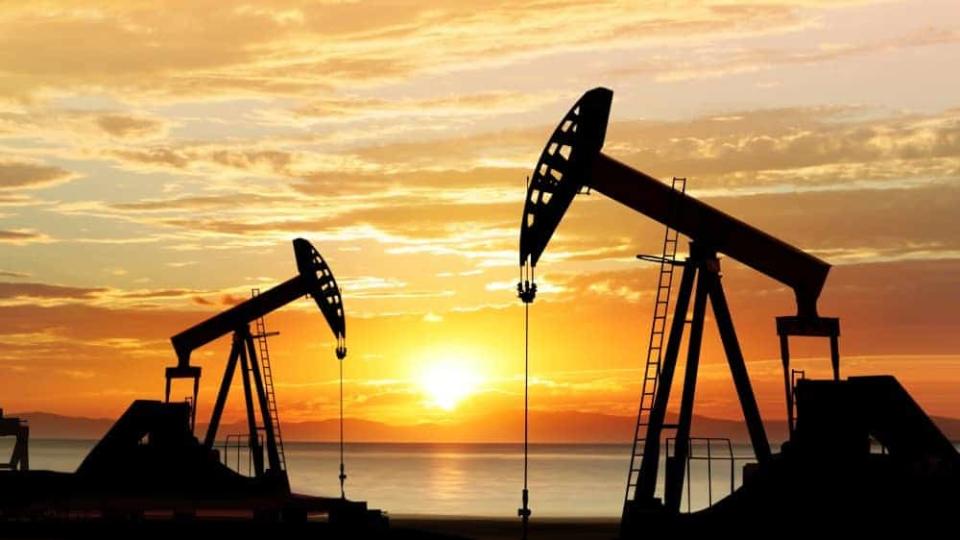This Risky Oil Stock Is on Sale — Now’s the Time to Buy

Despite the international Brent benchmark soaring by 10% over the last year to be trading at US$65 per barrel upstream oil explorer and producer Gran Tierra Energy (TSX:GTE)(NYSEMKT:GTE) has lost a whopping 49%.
This has sparked considerable speculation that either the driller is deeply undervalued or there is something fundamentally wrong with its operations.
I’ve taken a bullish view of Gran Tierra for some time, and it appears that the markets perception of risk is overdone, with it capable of unlocking value for shareholders.
Large asset base
Gran Tierra’s operations are centred on the South American nation of Colombia, where it has 2.2 million net acres centred on the Llanos and Putumayo Basins.
In May 2019, Gran Tierra obtained three blocks in Ecuador’s Oriente Basin, and toward the end of 2019 was awarded two new blocks in the Putumayo Basin. The driller’s petroleum concessions have been determined to hold proven and probable reserves of 150 million barrels of crude.
What’s perplexing about Gran Tierra and the sharp decline of its market value is that it is now trading at a deep discount to its net asset value. Its oil reserves have an after-tax net present value, when applying a 10% discount rate (NPV-10) in accordance with industry methodology, of US$2.2 billion.
Once long-term debt, decommissioning obligations, and deferred taxes are deducted, Gran Tierra has a net asset value (NAV) of around $5.14 per share, around three-times greater than its market value. This indicates that Gran Tierra is heavily undervalued and that there is considerable upside available.
The driller recently released its 2020 guidance where it has forecast that production, when compared to the daily average for the first nine months of 2019, could rise by up to 6% to 37,500 barrels, giving earnings a boost.
Gran Tierra anticipates that if Brent averages US$60 per barrel during 2020, it will generate up to US$350 million of EBITDA and free cash flow of US$80 million. It plans to use free cash flow to reduce debt, targeting a net debt to EBITDA multiple of a conservative 1.4 times by the end of 2020.
The significant increase in debt, which by the end of third quarter 2019 had risen by 60% year over year to almost US$638 million, has attracted the ire of the market and is partially responsible for Gran Tierra’s weaker share price.
There are also fears that increased geopolitical risk in Colombia coupled with a deteriorating security environment will lead to further production outages.
By the end of 2019, Colombia was wracked by anti-government protests sparked by a range of grievances including corruption, police brutality, poor financial reforms and a lack of equitable access to resources.
Nationwide protests will likely recommence in late January 2020, which could force Gran Tierra to suspend operations at its oil fields.
Colombia’s last remaining guerilla group, the ELN, has stepped up attacks on oil pipelines as it attempts to force the government back to the negotiating table.
The volume of FARC dissidents has grown sharply because of Bogota’s failure to fully implement the terms of the 2016 peace accord with Colombia’s largest guerilla group.
Pipeline bombings could force Gran Tierra to suspend oil production at affected oil fields or use limited and costly road transportation, thereby leading to reduced sales and higher transportation costs and further impacting earnings.
If that were to occur on a significant scale, it could prevent the driller from achieving its projected 2020 production and earnings guidance.
Foolish takeaway
Gran Tierra is a risky play on higher oil with a long history of failing to fully deliver value, but it is very attractively valued given that it’s trading at around a third of its NAV per share.
If Gran Tierra can consistently report results that demonstrate it can attain its 2020 guidance while making meaningful debt reductions, its stock will likely soar.
More reading
Fool contributor Matt Smith has no position in any of the stocks mentioned.
The Motley Fool’s purpose is to help the world invest, better. Click here now for your free subscription to Take Stock, The Motley Fool Canada’s free investing newsletter. Packed with stock ideas and investing advice, it is essential reading for anyone looking to build and grow their wealth in the years ahead. Motley Fool Canada 2020

 Yahoo Finance
Yahoo Finance 